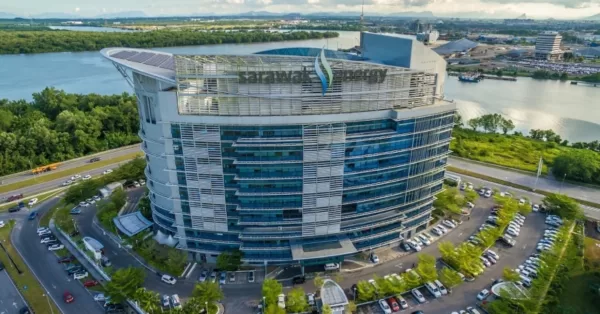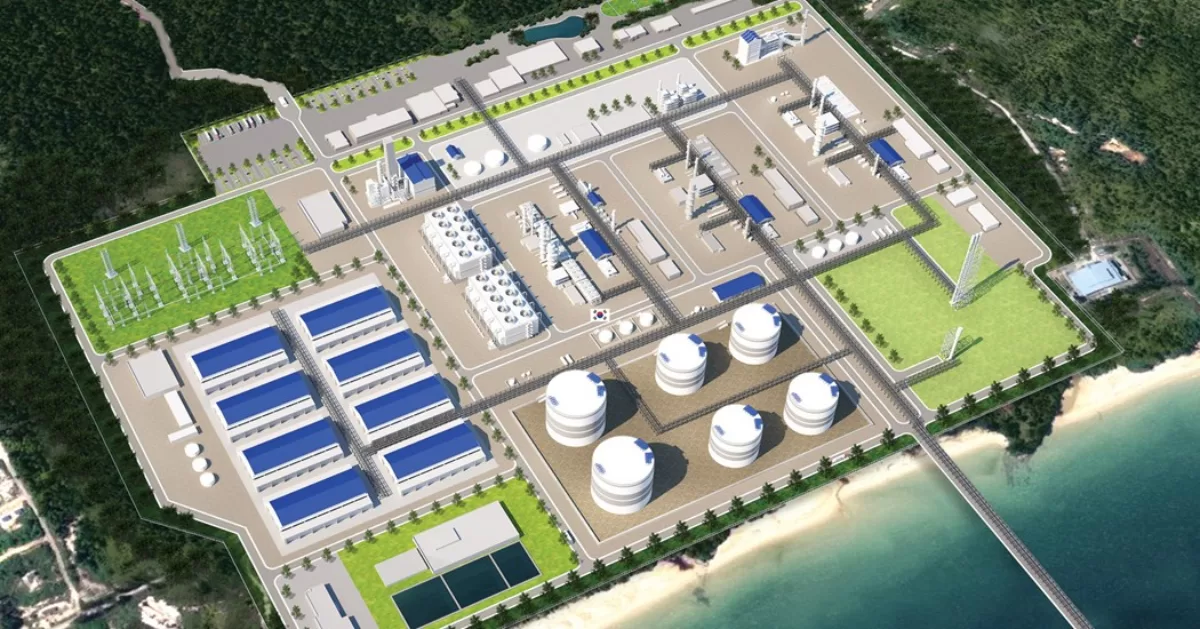Hydrogen Hub in Sarawak commenced construction work this first quarter of 2024.
The project in Bintulu, Sarawak was first announced in 2021 and will be complete by 2027.
The Sarawak Hydrogen Hub: Project H2biscus and H2ornbill
Sarawak is on its way to becoming a Hydrogen economy state with several projects lined up estimated at $4.2 billion. These projects include Rembus Depot, H2biscus & H2ornbill of the Sarawak Hydrogen Hub.
The H2biscus and H2ornbill are two large-scale green hydrogen projects significant to the Sarawak Hydrogen hub. Project H2ornbill is an agreement between SEDC Energy and Japanese firms, Eneos and Sumitomo, an oil and trading company respectively.
Gentari subsidiary, Gentari Hydrogen and Sarawak Economic Development Corp Energy (SEDCE) will partner together and develop the project H2biscus hydrogen hub. Samsung Engineering, Posco, and Lotte are also partnering with SEDC and Gentari for Project H2biscus by establishing hydrogen derivative facilities.
The two hydrogen projects, H2biscus and H2ornbill, will produce 240,000 tonnes per annum (TPA). This endeavor will place the hydrogen hub in Sarawak as one of the largest producers of clean hydrogen energy worldwide. Out of the annual amount of hydrogen energy produced, 2,000 will be allocated for local consumption.
Also read: Agreement Inked for the Pudimadaka Green Hydrogen Hub

A partnership that will boost Sarawak
The partnership between Gentari and SEDCE is a significant catalyst that will keep the ball rolling for more developments and investors in Sarawak.
The two companies signed a heads of agreement (HOA) to develop the hydrogen production hub, last February 2024 at the BETC2024 (Borneo Energy Transition Conference) in Kuching. Gentari Hydrogen and SEDC will be responsible for all hydrogen production hub projects within the region.
The hydrogen hub in Sarawak will be the sole supplier of hydrogen for the Bintulu area.

A Hydrogen Economy targetted for 2030
These hydrogen facilities will align the state of Sarawak with the global movement of renewable energy. Moving forward, Sarawak will lead a net-zero emission economy and contribute to the Sarawak Hydrogen Economy Roadmap 2030.
According to Gentari Chief Hydrogen Officer Michele Azalbert, Gentari is focused on collaborating with partners to develop the local hydrogen economy and position Malaysia as a hydrogen export hub.
“Hydrogen is the way forward.”
In line with the Malaysian government’s vision in the Hydrogen Economy and Technology Roadmap (HETR), the vision is to transition Sarawak to a hydrogen economy by 2027.
Samsung Engineering will execute the FEED and ammonia conversion of the hydrogen hub in Sarawak. The ammonia conversion capacity of the hydrogen plant, H2biscus in Sarawak, will amount to a total of 850,000 tons. Not only that, but the hydrogen energy produced by Sarawak Hydrogen Hub will be introduced and exported to Korea through Samsung Engineering.
This alliance with Samsung Engineering will contribute to the exportation of hydrogen energy from Sarawak, Malaysia to Korea. This endeavor will allow Korea to meet its carbon-neutral goals. Through the H2biscus project, Sarawak will achieve its goals of a successful hydrogen economy.
Also read:
Singapore-Malaysia RTS Link: Connecting Both Countries as Early as Q4 2026
